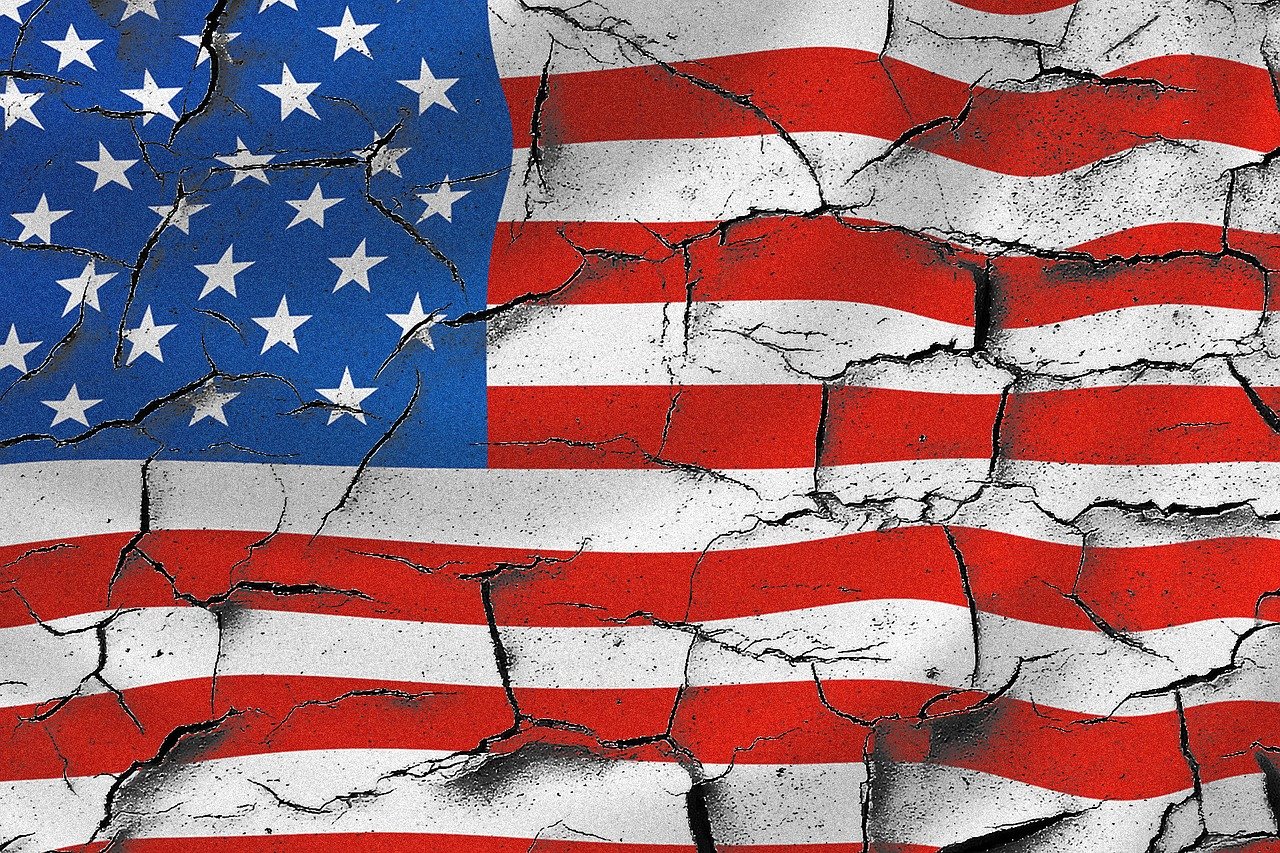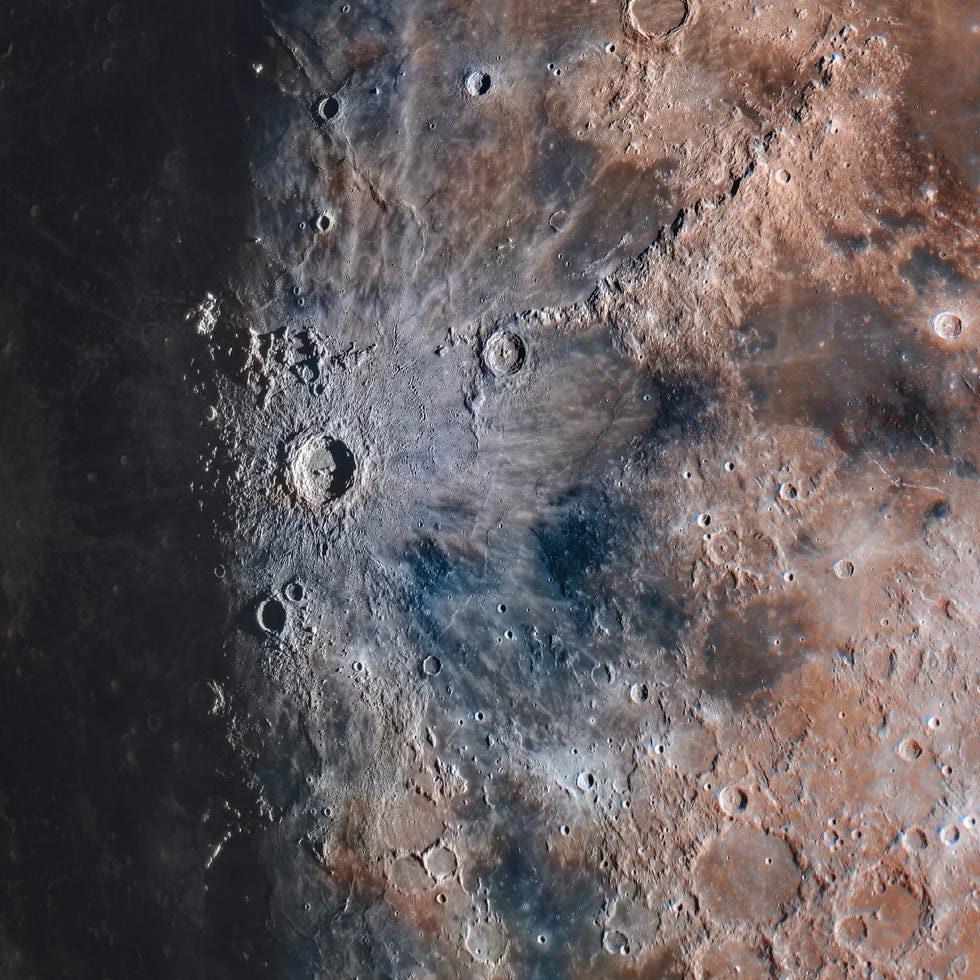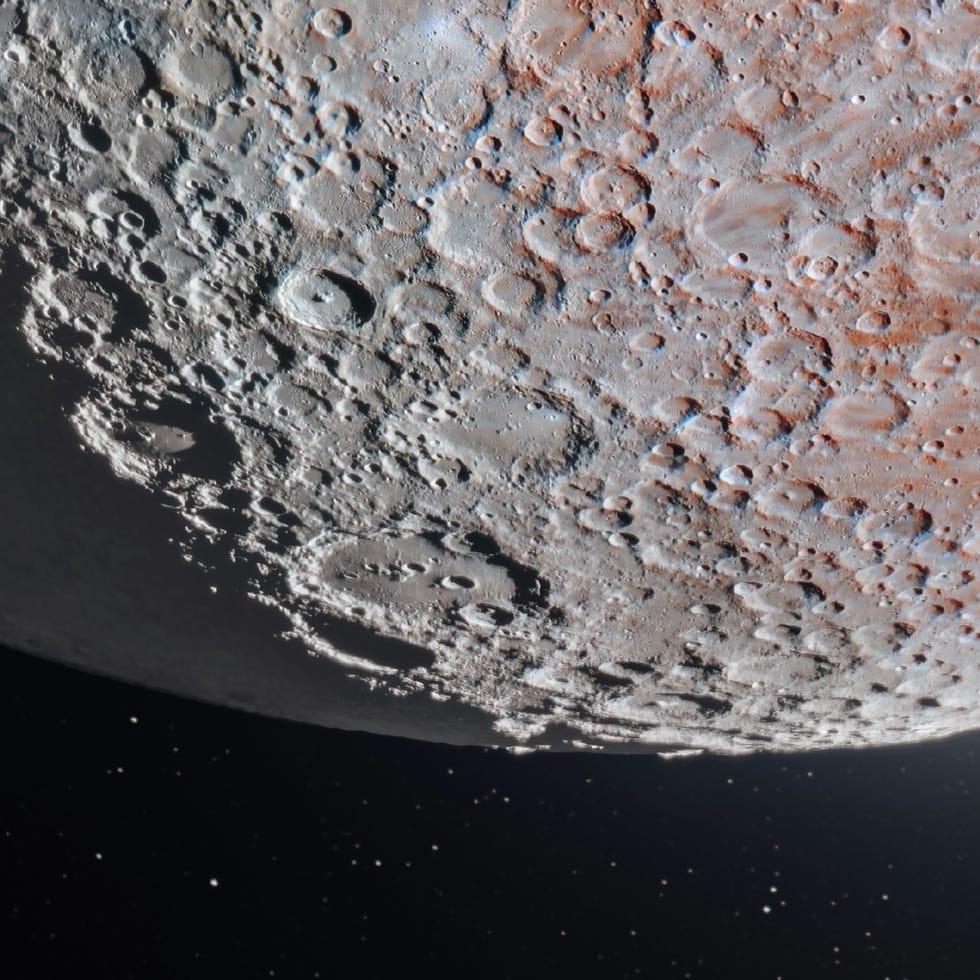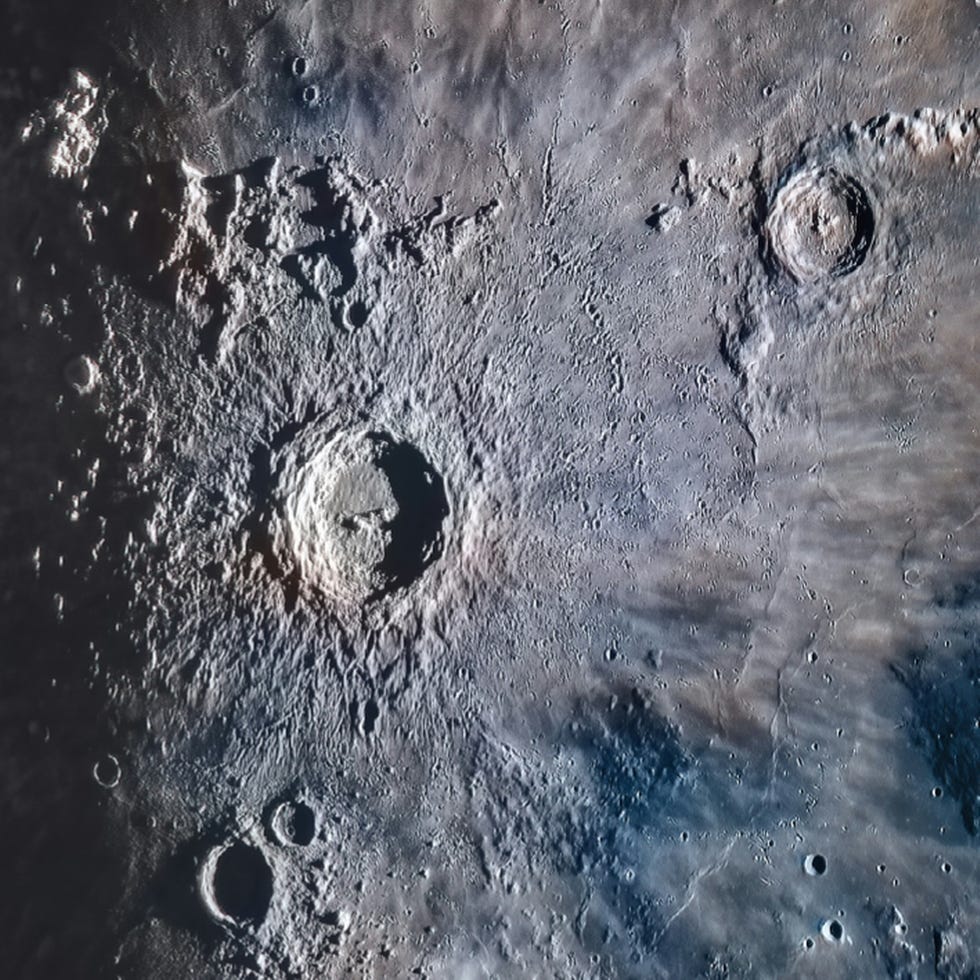A detailed image of the moon stitched together like a mosaic with hundreds of thousands of photographs is gaining attention on the internet. And no, it wasn’t taken by NASA, nor the James Webb telescope.
Two years ago, Andrew McCarthy and Connor Matherne teamed up to create “the most ridiculous moon shot we could come up with,” McCarthy shared on Reddit. The finished product was posted online Saturday and has gotten more than 100,000 upvotes and thousands of comments on Reddit.
McCarthy specializes in detailed photographs and captured geographical features on the moon’s surface in Arizona, while Matherne specializes in colors.
The awe-inspiring image making rounds on social media was made from 250,000 images – 200,000 black and white photos by McCarthy and 50,000 color photos by Matherne – taken over the course of one night last November, Matherne told USA TODAY. It took months of edits to get the final image.
Although the moon appears to be a white and gray blob to our eyes, scientific observational devices capture subtle changes in color. These colors provide insight into the mineralogical differences on the lunar surface, Matherne said.
“While anyone can go out and see the moon as our eyes do, seeing what lies beyond the limitations of our eyes is one of the benefits of such high-quality images,” Matherne said.
Here’s what a black hole sounds like, according to NASA:Yes, it’s ‘frightening’
Ever wanted to name a planet? Here’s how to name one the James Webb Telescope observed
Areas with red tones are rich in iron and feldspar and areas with blue areas are rich in titanium, McCarthy said.
These images can be done by using software to analyze, stack and sharpen the thousands of images in order to get the clearest version, McCarthy’s website Cosmic Background says. All one needs is a camera, tripod, star tracker and telescope to make astrophotographs.
Camille Fine is a trending visual producer on USA TODAY’s NOW team.





